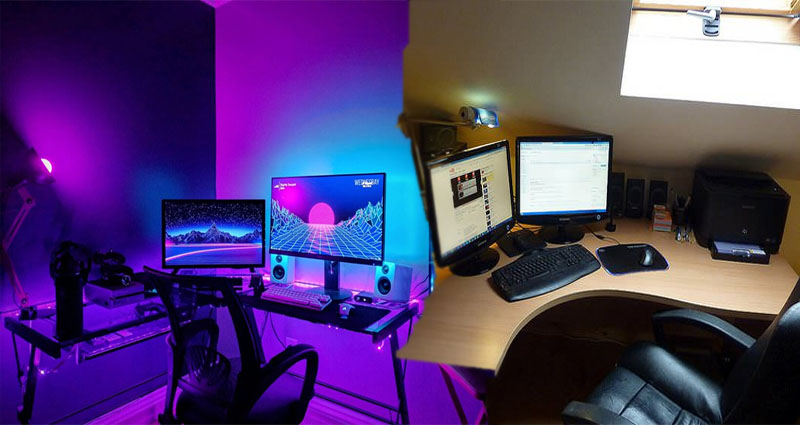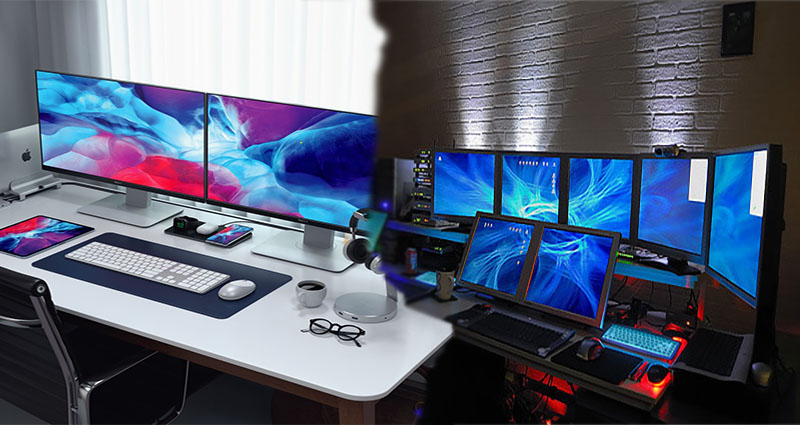Important Features of a Workstation Computer
When it comes to purchasing a workstation computer, there are several important features that you should consider. These include multiple processor cores, SSD drives, Error-correcting code memory, and SCSI interfaces. Read on to find out more about these and other important features. Also, consider the type of software you plan to use. Some workstations even have a dedicated graphics card. For professionals who need a powerful workstation, a dedicated graphics card can be a valuable purchase.
Multiple processor cores
A workstation computer with multiple processor cores can run many different threads simultaneously. The ability to divide a task into smaller parts is a key benefit to multi-processors. This allows software to divide the work up into smaller, simpler pieces that each processor can solve individually. This ability can be incredibly beneficial for solving complex scientific problems. For the most part, multiple processor cores are not necessary, but it is always … Continue reading >>>









